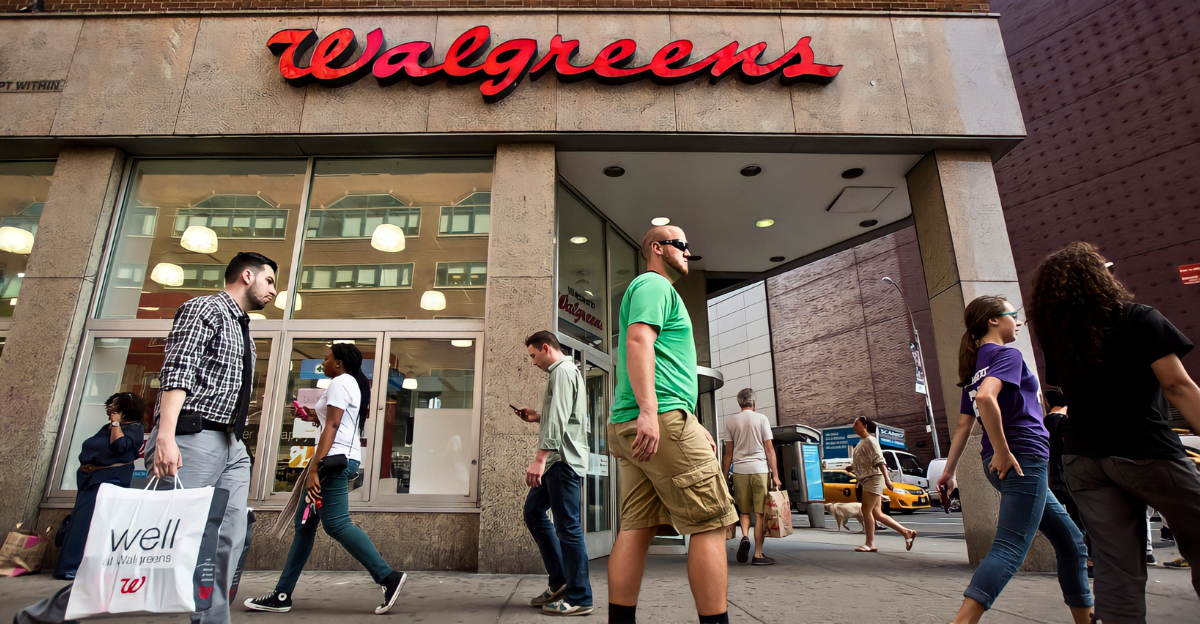
Walgreens has been an integral part of the retailer landscape for decades, where communities can reliably pick up their medication and other essentials. On July 11, the company’s shareholders voted by 96 percent to sell the company to private-equity firm Sycamore Partners for about $10 billion, ending nearly a century as a public company.
The Wall Street Journal reported that chief executive Tim Wentworth said the move will let him “speed up our turnaround” without Wall Street pressure. However, with pharmacies and drugstores rapidly pulling out of locations, more saving grace is needed now than ever.
Fewer Drugstores

Drugstores in America are slowly disappearing. A Health Affairs study found that almost 30 percent of U.S. pharmacies closed between 2010 and 2021. CVS, a popular pharmacy, has already closed 900 stores and plans to close 271 more this year. Walgreens says it could close 1,200 by 2027.
Research firm TelePharm warns that one-third of U.S. neighborhoods now sit in “pharmacy deserts,” where getting prescriptions means a long drive. If more stores close, millions of residents across America could lose access to vital and affordable healthcare.
Long History
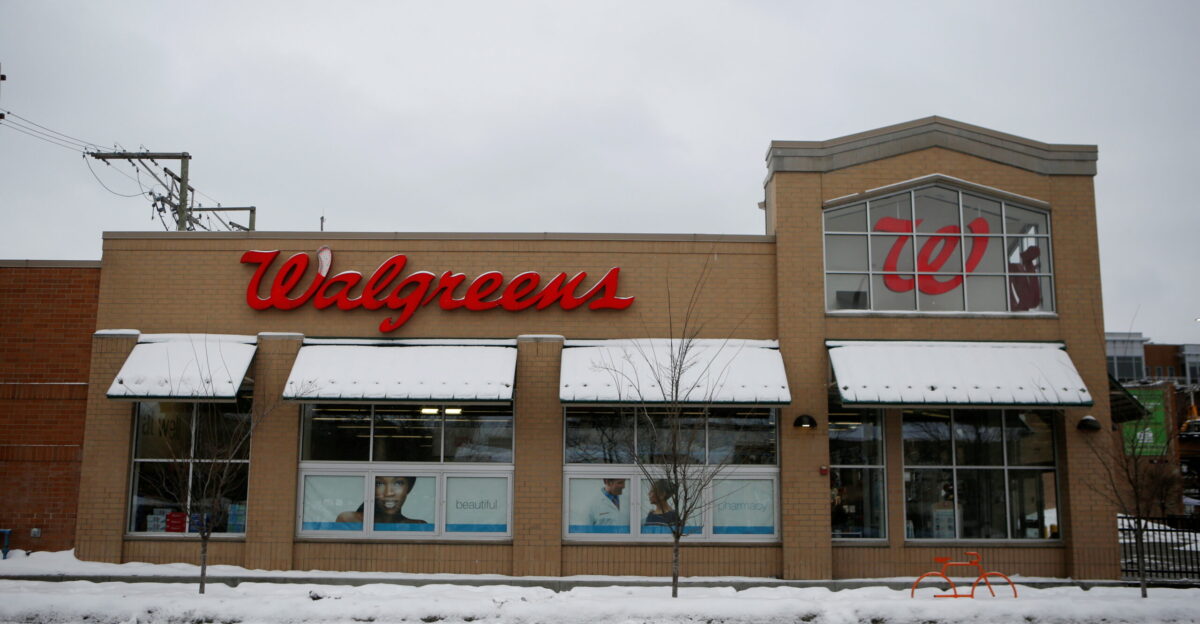
Walgreens opened in 1901 and went public in 1927. It introduced self-service counters and the first drive-thru prescription lanes. But Forbes noted that heavy borrowing—almost $30 billion in debt—and shrinking profits hurt the once-dominant chain.
Walgreens’ stock value fell from nearly $100 billion in 2015 to about $9 billion before Sycamore’s bid. Can Walgreens, under new ownership, make the changes it needs to?
Pharmacy Benefit Managers
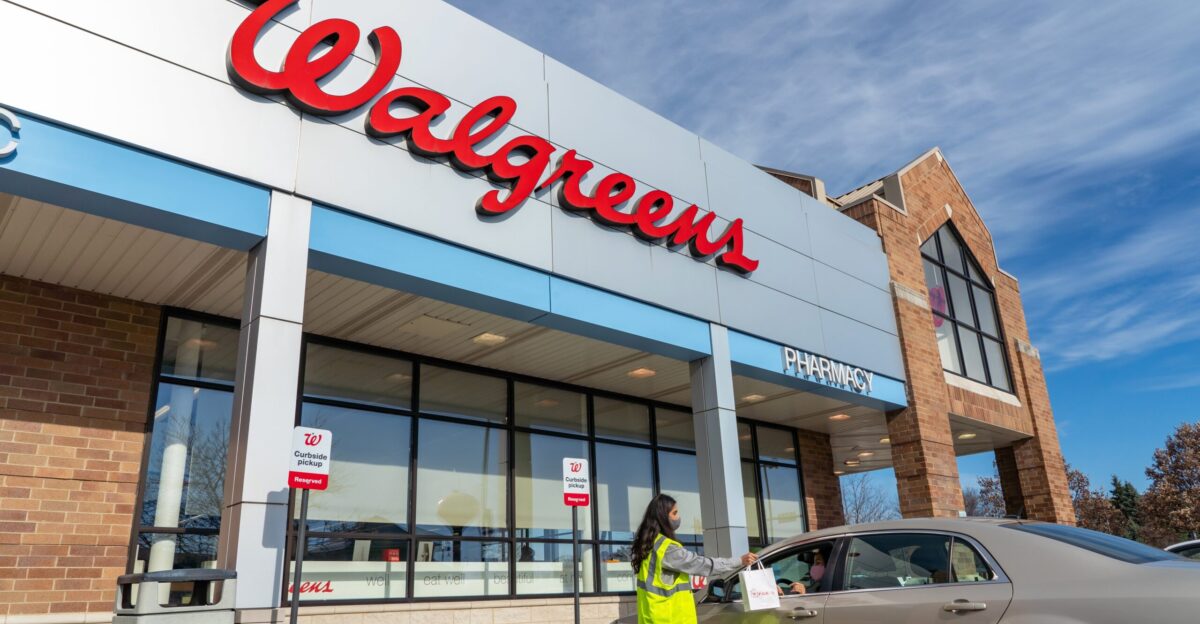
Many pharmacies cite thin payments from middlemen called pharmacy benefit managers (PBMs) as the reason for closure. An FTC report found three giants—CVS Caremark, Express Scripts, and OptumRx—process 79 percent of U.S. prescriptions. The watchdog said PBMs marked up some specialty drugs by a staggering 1,000 percent.
Independent pharmacists told The Nation’s Health they often sell drugs “below cost.” Even Walgreens cited low reimbursements when announcing store closures, CNBC reported. Lawmakers now debate rules to curb PBM power.
The Deal
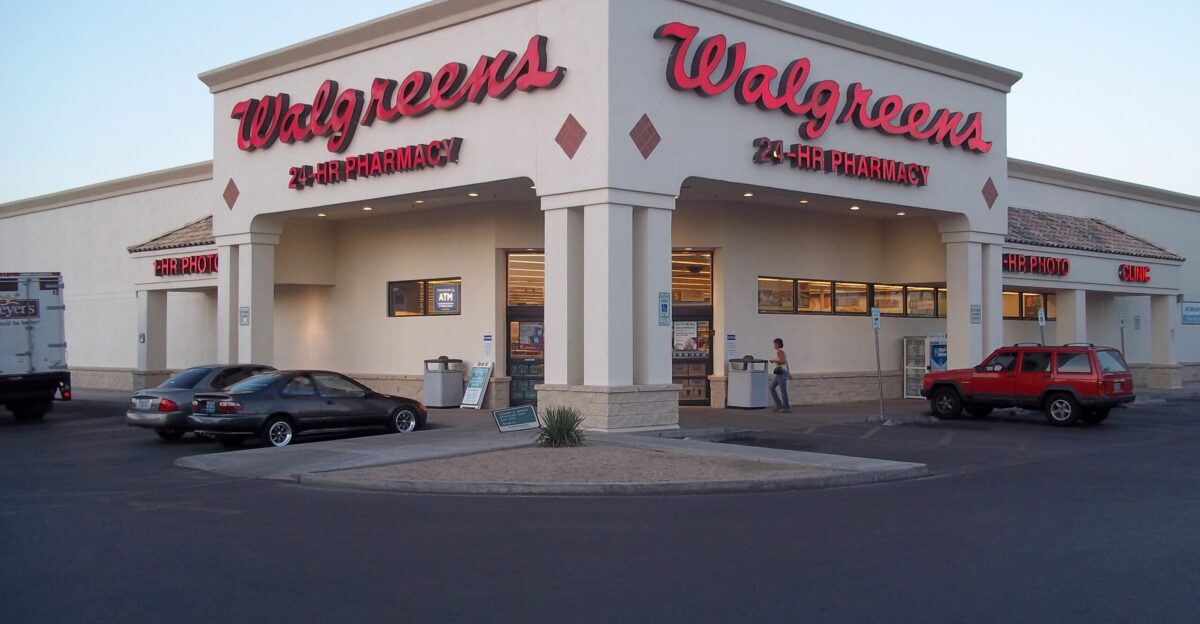
On March 6, Walgreens announced a binding agreement: $11.45 in cash per share plus up to $3 more if it later sells parts of its VillageMD clinic stake. Including debt, the purchase totals $23.7 billion, CNBC calculated.
PricewaterhouseCoopers (PwC) says it is the only U.S. healthcare buyout above $5 billion in 2025. Walgreens stock will vanish from Nasdaq once regulators approve, likely in the third or fourth quarter.
Impact On Rural Regions
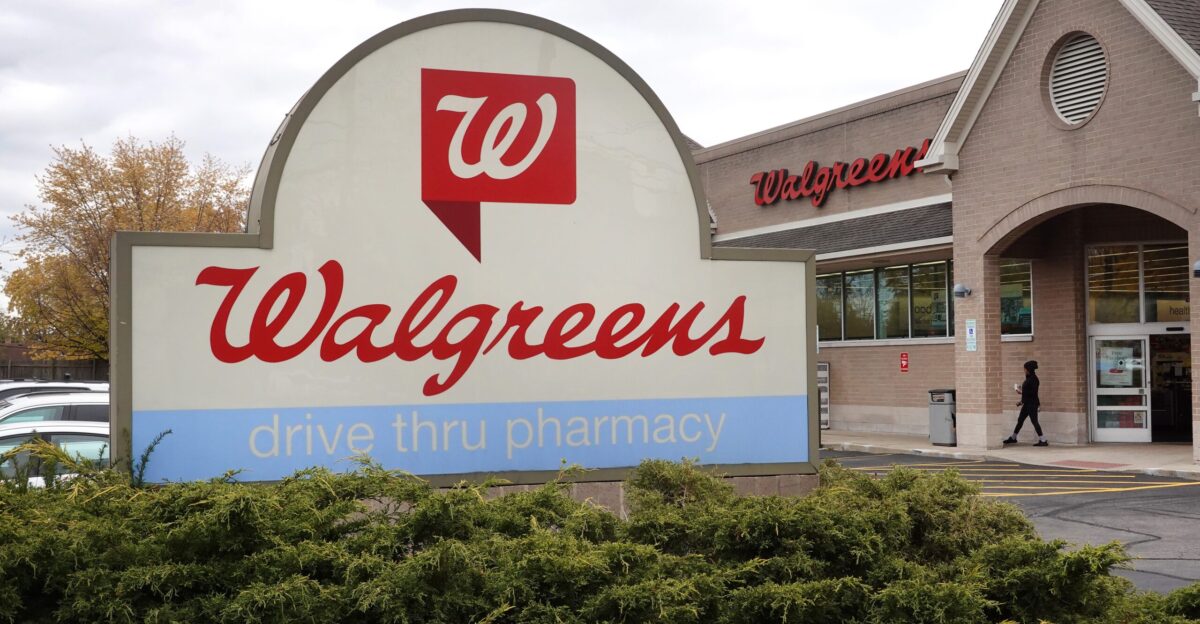
Pharmacy and drugstore closures have an unequal impact on rural areas where access to these services is often limited. When Rite Aid closed the only drugstore in New Lebanon, Ohio, residents had to drive 30 minutes to a Walgreens in Dayton, CNBC reported.
Rural America already confronts a stark healthcare divide. While 20% of Americans live in rural areas, less than 10% of physicians practice in these communities.
Local Owners
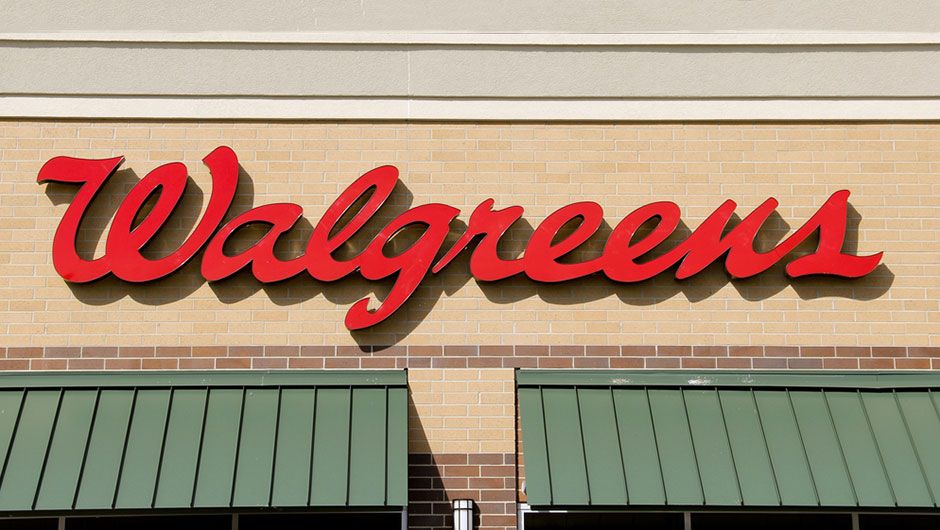
Independent pharmacist Marianne McElveen runs a 119-year-old store in Inman, South Carolina. “Margins on brand drugs are under 5 percent—unsustainable,” she told CBS News.
A Health Affairs study shows independents are twice as likely to close as chains. Still, McElveen is determined to keep her doors open: “This store means the world to our community.” Her fight mirrors thousands of family-run pharmacies nationwide, which have a community that depends on their services.
Competition Heats Up
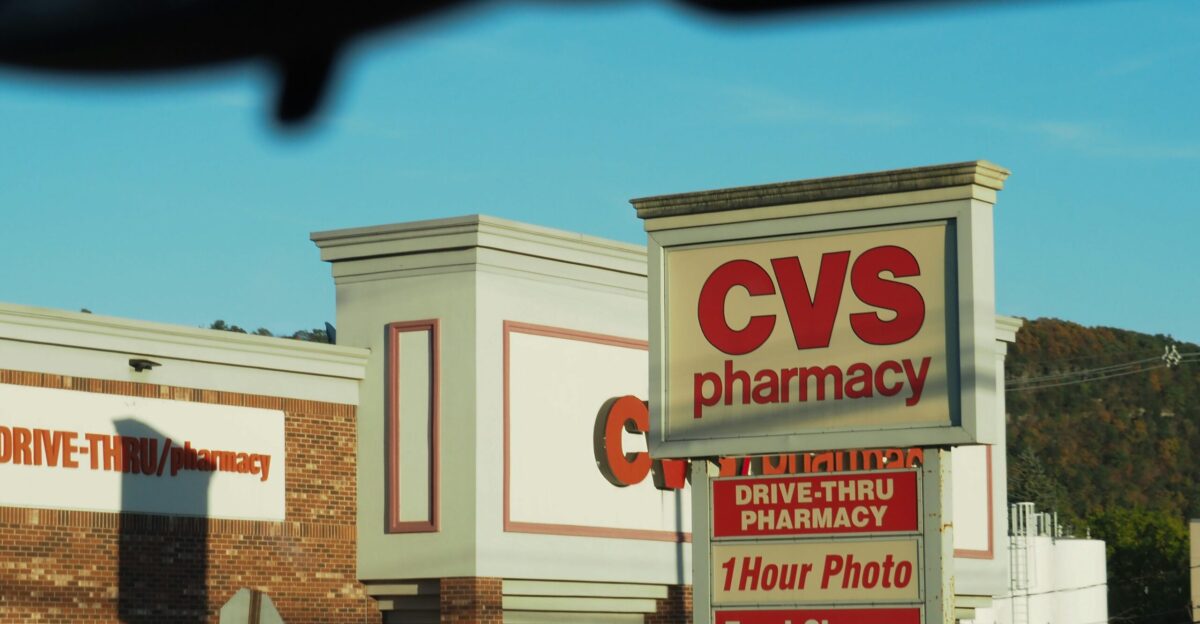
CVS will close another 271 stores this year after its earlier 900-store pullback, Parade magazine reported. Fresh out of a second bankruptcy, Rite Aid expects to run about 1,300 locations—half its 2018 size.
Analysts at Mizuho say Walgreens under Sycamore will test whether private equity can shore up—or strip down—essential health services. It will be a saving grace or the final straw for many residents across the United States.
Flood of Private Cash
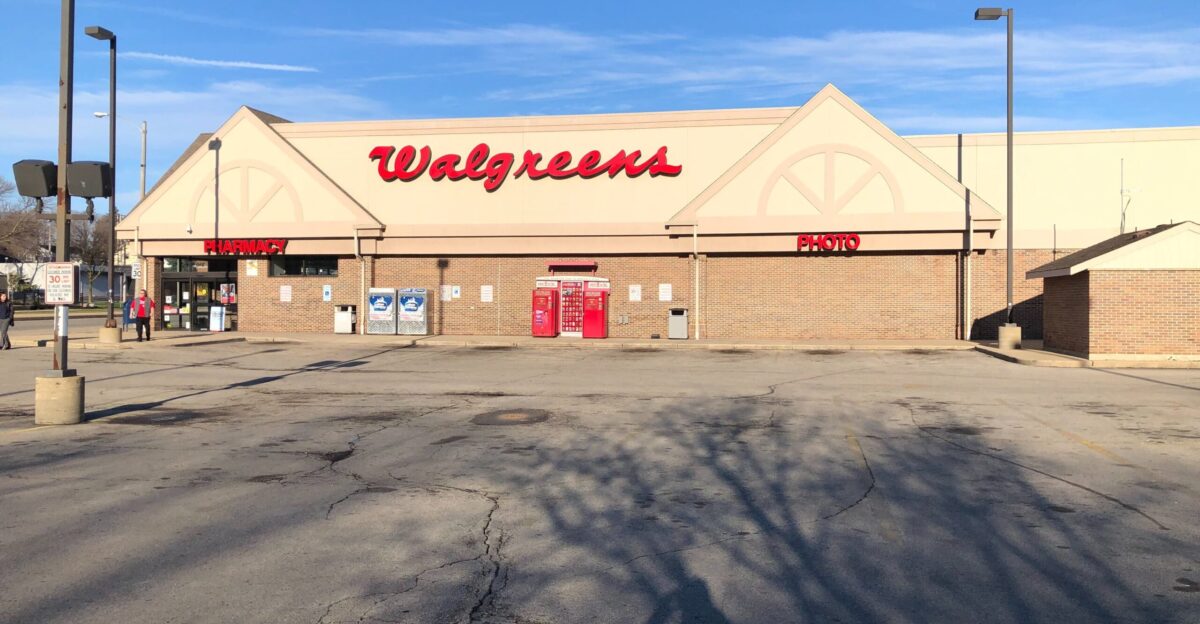
This year, Walgreens’ deal makes up 28 percent of the value of healthcare-related health-services deals.
But Moody’s Corporation, one of the world’s leading financial services companies, warns that higher interest rates and tougher antitrust probes could make it harder for private owners to sell companies later.
What Happens Next?
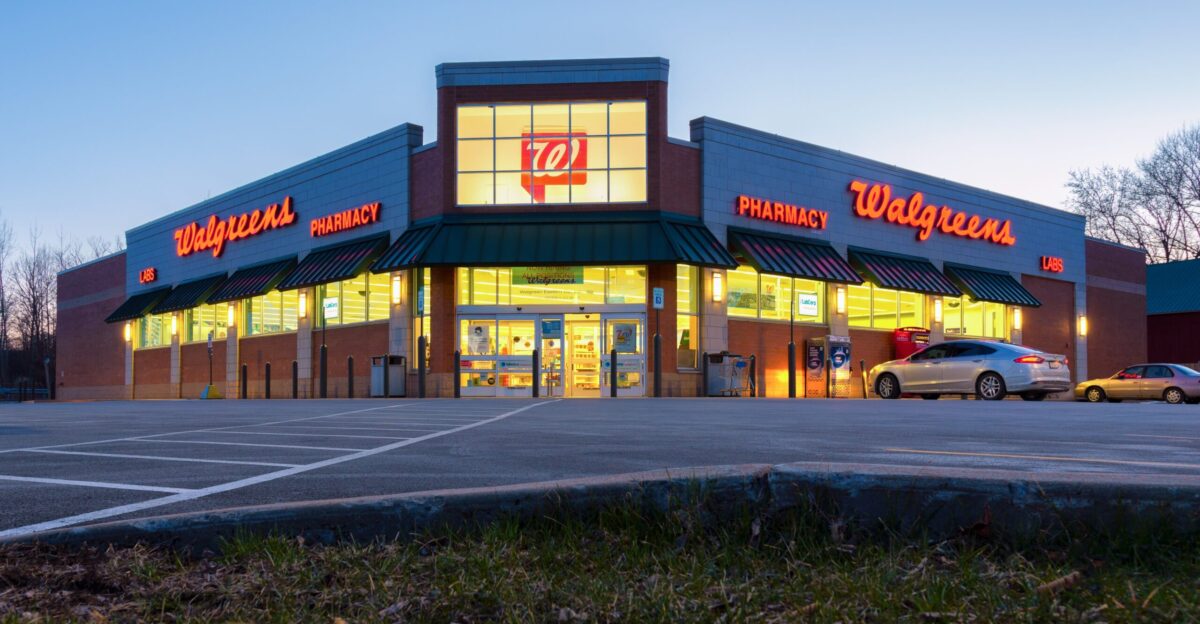
Insiders told HLTH News that Sycamore may close lagging stores, renegotiate drug contracts, and even franchise some regions.
The National Association of Boards of Pharmacy warns that “cost cuts must not outpace care.” Customers, employees, and local towns wait in uncertainty. Walgreens’s leaner private model could bring better service to the masses, or it could end up creating more pharmacy deserts.
